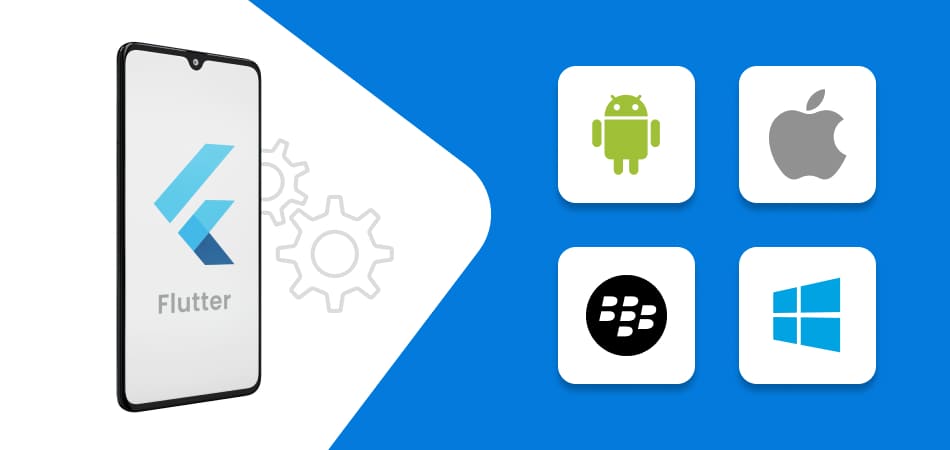In the rapidly evolving digital landscape, the demand for exceptional user experiences is at an all-time high. Businesses are increasingly turning to outsourcing to meet their UI/UX design needs, and India has emerged as a leading destination for this. With a vast pool of skilled designers and cost-effective solutions, outsourcing UI/UX design to India can provide a significant competitive edge. This step-by-step guide will help you navigate the process of outsourcing UI/UX design to India in 2024, ensuring you make informed decisions and achieve outstanding results.
Why Outsource UI/UX Design to India?
Before diving into the step-by-step guide, it’s essential to understand the benefits of outsourcing UI/UX design to India. The following table summarizes the key advantages:
| Benefits | Explanation |
| Cost-Effectiveness | Hiring skilled designers in India is significantly more affordable compared to Western countries, enabling businesses to achieve high-quality designs within budget. |
| Access to Talent | India has a vast pool of highly skilled and experienced UI/UX designers who are well-versed in the latest design trends and technologies. |
| Time Zone Advantage | The time difference allows for a 24-hour work cycle, accelerating project timelines and ensuring faster turnaround times. |
| Cultural Compatibility | Indian professionals are known for their adaptability and cultural compatibility with Western clients, facilitating smooth communication and collaboration. |
| Technological Infrastructure | India boasts a robust technological infrastructure, ensuring reliable internet and communication tools for efficient project management and remote collaboration. |
| Quality and Innovation | Indian designers are known for their creativity and innovation, providing fresh perspectives and unique design solutions. |
| Scalability | Outsourcing to India allows businesses to scale their design efforts up or down based on project requirements, providing flexibility and efficiency. |
Step-by-Step Guide to Outsourcing UI/UX Design to India
1. Define Your Project Requirements
Start by clearly defining your project’s requirements. This includes:
- Project Scope: Outline the scope of the project, including the number of screens, features, and functionalities you need.
- Design Goals: Identify the key objectives you want to achieve with the UI/UX design, such as improving user engagement, enhancing usability, or boosting conversions.
- Target Audience: Understand your target audience and their preferences to ensure the design resonates with them.
- Budget and Timeline: Establish a budget and timeline for the project, considering both short-term and long-term goals.
2. Research and Shortlist Potential Design Partners
Once you have a clear understanding of your project requirements, start researching potential design partners in India. Look for:
- Experience and Expertise: Evaluate the experience and expertise of the design agencies or freelancers. Check their portfolios to see if they have worked on similar projects.
- Client Testimonials and Reviews: Read client testimonials and reviews to gauge the reputation and reliability of the design partners.
- Case Studies: Review case studies to understand their approach to problem-solving and design thinking.
3. Evaluate Communication and Collaboration Tools
Effective communication and collaboration are crucial for the success of your outsourced project. Ensure that the design partner uses reliable communication and project management tools, such as:
- Slack or Microsoft Teams: For real-time teamwork and communication.
- Trello or Asana: For project management and task tracking.
- Figma or Sketch: For design collaboration and feedback.
4. Assess Design Processes and Methodologies
Understanding the design processes and methodologies of your potential design partner is essential. Look for:
- User-Centered Design: Ensure that the design partner follows a user-centered design approach, focusing on user needs and preferences.
- Agile Methodology: Agile methodology promotes iterative design and development, allowing for continuous improvement and flexibility.
- Design Thinking: A design thinking approach ensures innovative and problem-solving design solutions.
5. Conduct Interviews and Request Proposals
Once you have shortlisted potential design partners, conduct interviews to assess their suitability for your project. Ask about:
- Design Approach: Understand their design approach and how they plan to address your project requirements.
- Team composition: Become familiar with the roles, specialties, and responsibilities of the team members working on your project.
- Communication Plan: Discuss the communication plan, including frequency and channels of communication.
- Proposals and Quotes: Request detailed proposals and quotes, outlining the scope of work, timeline, and costs.
6. Review Legal and Contractual Aspects
Before finalizing the partnership, review the legal and contractual aspects to ensure a smooth collaboration. This includes:
- Nondisclosure Agreement (NDA): Ensure that the design partner signs an NDA to protect your confidential information.
- Service Level Agreement (SLA): Define the service levels, deliverables, and performance metrics in the SLA.
- Intellectual Property (IP) Rights: Clearly outline the ownership of intellectual property rights to avoid future disputes.
- Payment Terms: Agree on payment terms, including milestones, payment methods, and schedules.
7. Kick-off the Project
With the contractual aspects in place, kick-off the project by:
- Onboarding the Team: Introduce the design partner to your internal team and provide them with necessary resources and access.
- Setting Expectations: Clearly communicate your expectations, goals, and milestones to the design partner.
- Establishing Communication Channels: Set up regular communication channels and schedules to ensure ongoing collaboration and feedback.
8. Monitor Progress and Provide Feedback
Throughout the project, actively monitor progress and provide feedback to ensure alignment with your goals. This includes:
- Regular Check-ins: Schedule regular check-ins to review progress, address any issues, and provide feedback.
- Design Reviews: Conduct design reviews at key milestones to evaluate the design and suggest improvements.
- User Testing: Involve users in the testing process to gather feedback and insights for further refinement.
9. Quality Assurance and Final Delivery
As the project nears completion, focus on quality assurance and final delivery:
- Usability Testing: Conduct thorough usability testing to ensure the design is intuitive and user-friendly.
- Bug Fixes and Refinements: Address any bugs or issues identified during testing and make necessary refinements.
- Final Review: Conduct a final review of the design to ensure it meets your expectations and project goals.
- Handover and Training: Handover the final deliverables and provide training to your internal team on managing and maintaining the design.
10. Post-Project Support and Maintenance
After the project is delivered, ensure ongoing support and maintenance:
- Maintenance Plan: Establish a maintenance plan to address any post-launch issues and ensure the design remains up-to-date.
- Performance Monitoring: Continuously monitor the performance of the design and gather user feedback for future improvements.
- Long-term Partnership: Foster a long-term partnership with the design partner for ongoing support and future projects.
Common Challenges and Solutions
While outsourcing UI/UX design to India offers numerous benefits, it also comes with its own set of challenges. Here’s a table outlining some common challenges and solutions:
| Challenge | Solution |
| Communication Barriers | Use reliable communication tools and establish clear communication protocols. Regular check-ins and updates can help bridge any gaps. |
| Time Zone Differences | Leverage the time zone difference to create a 24-hour work cycle. Schedule overlapping work hours for real-time collaboration and feedback. |
| Cultural Differences | Foster cultural understanding and respect. Provide cultural training to your internal team and encourage open communication with the design partner. |
| Quality Control | Implement rigorous quality control processes, including regular design reviews, usability testing, and feedback loops. |
| Data Security | Ensure robust data security measures are in place, including NDAs and secure communication channels. Regularly review security protocols and compliance with regulations. |
Conclusion
Outsourcing UI/UX design to India in 2024 offers numerous advantages, from cost-effectiveness to access to a talented pool of designers. By following this step-by-step guide, you can navigate the outsourcing process with confidence and achieve a successful partnership. Remember to define your project requirements, research potential partners, assess communication and collaboration tools, and monitor progress throughout the project. With careful planning and execution, you can leverage the expertise of Indian UI/UX designers to create exceptional user experiences and drive your business forward.
By understanding the intricacies of outsourcing and making informed decisions, you can unlock the full potential of your UI/UX design projects and stay ahead in the competitive digital landscape. Embrace the opportunities that outsourcing to India presents and set your business up for long-term success.



